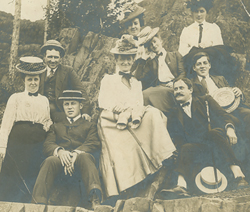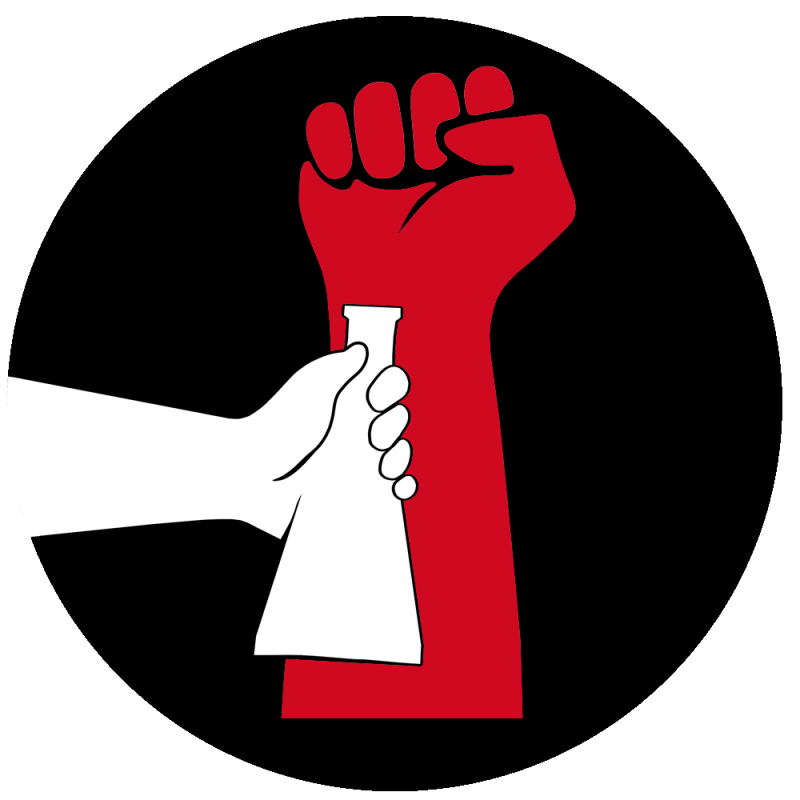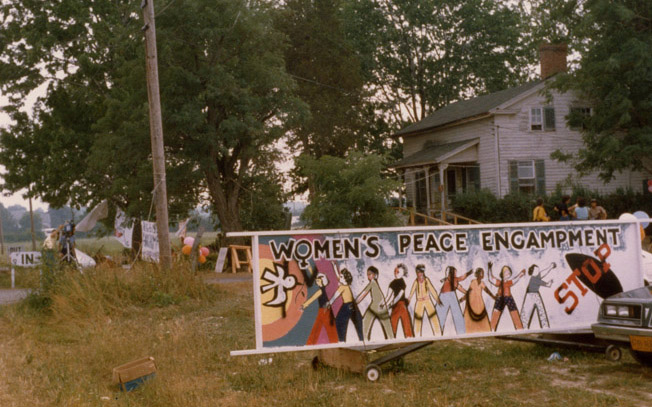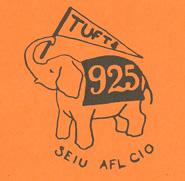Sawin-Young Family Papers

At the turn of the twentieth century, Albert Sawin and his wife Elizabeth (nee Young) lived on Taylor Street in Holyoke, Massachusetts, with their three children, Allan, Ralph, and Alice. Elizabeth’s brother, also named Allan, traveled in the west during the 1880s, looking for work in Arizona, Utah, and Montana.
The bulk of the Sawin-Young Family Papers consists of letters exchanged between Elizabeth “Lizzie” Sawin, her sisters, and Jennie Young of nearby Easthampton. Later letters were addressed to Beatrice Sawin at Wheaton College from her father Walter E. Sawin, who contributed to the design for the Holyoke dam. The photograph album (1901) kept by Alice E. Sawin features images of the interior and exterior of the family’s home, as well as candid shots of family and friends and photographs of excursions to nearby Mt. Tom and the grounds of Northfield School.




